The fathers of classic French cuisine, Marie-Antoine Carême and Auguste Escoffier, documented five Mother Sauces that they deemed “must-know” recipes. Learn the basic formulas to create a multitude of other sauces using the classics as your base.
By Annelise McAuliffe
It’s all in the family. The founding fathers of classic French cuisine, Marie-Antoine Carême and Auguste Escoffier, documented four and then eventually five mother sauces that they deemed “must-know” recipes. Cooks who had mastered these basic formulas were able to translate the learned ratios to create a plethora of other sauces using the classic five as their basis for inspiration. As a home cook, it is just as important to have these recipes in your back pockets to take a simple dish or basic ingredients to a gourmet, composed level.
As Escoffier writes in his book, A Guide to Modern Cookery, “Experience, which plays such an important part in culinary work, is nowhere so necessary as in the preparation of sauces, for not only must the latter flatter the palate but they must also vary in savour, consistence, an viscosity […].”
He goes on to provide some basic principles that must be applied to each sauce before divulging the tried and true formulas.
“Any sauce whatsoever should be smooth, light (without being liquid), glossy to the eye, and decided in taste. When these conditions are fufilled it is always easy to digesst even for tired stomachs”
The Five Mother Sauces
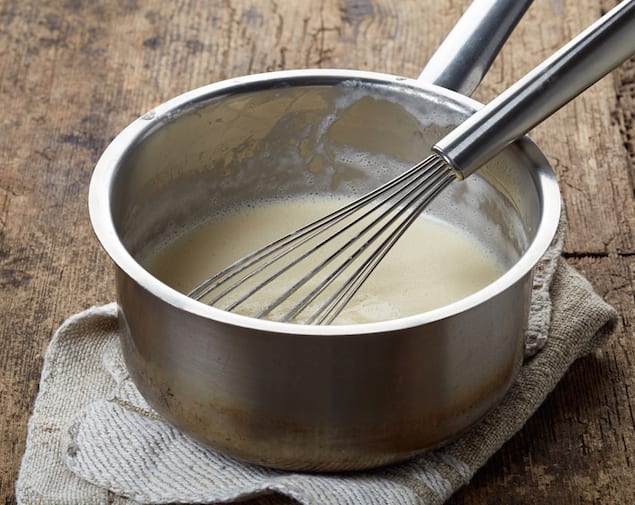 Shutterstock: MaraZe
Shutterstock: MaraZe
1. Béchamel
Made with milk that has been thickened by a white roux, this mother sauce is the token white sauce.
Secondary Sauces: Added herbs, spices, dried mustard, seafood, and cheeses take this basic sauce without stock to a flavorful mustard, nantua, or Mornay sauce.
Serve with: Once additional flavors are added, the Béchemel is an ideal sauce for macaroni and cheese, a Croque Monsieur sandwich, or a rich, baked vegetable dish.
Click here for the recipe and to learn how to make a Béchamel.
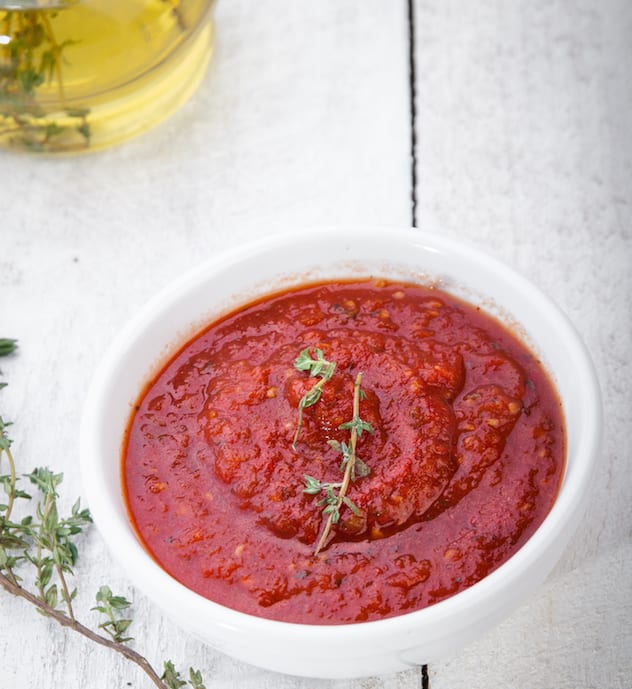 Shutterstock: Denis BRHMN
Shutterstock: Denis BRHMN
2. Tomato
Similar to a basic red pasta sauce, this “sauce tomate” can be thickened with a roux if the tomatoes being used are too watery. Onions, carrots, celery, and pork make this much more than tomato sauce with some basic spices. Of the five mother sauces, this was the last one to be added to the group, but went on to influence other secondary sauces.
Secondary Sauces: Ingredients such as mushrooms, cayenne, and capers are just a few of the many ingredients that may be added to make tomato sauce into another classics such as Spanish, Creole, or Provençale sauces.
Serve with: You will traditionally find this sauce alongside chicken, grilled vegetable and pasta dishes.
Click here for the recipe and to learn how to make a Béchamel.
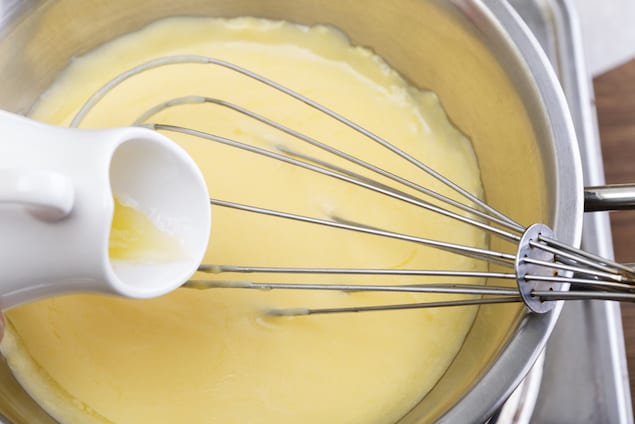 Shutterstock: koss13
Shutterstock: koss13
3. Hollandaise
A thick sauce emulsion created by egg yolks and butter, Hollandaise is the one Mother Sauce that never uses a roux. Because it is an emulsion, or temporary suspension of two substances that do not mix, it is not stable and may break and need to be re-emulsified. This rich sauce with a healthy dose of lemon juice will test your whisking skills.
Secondary Sauces: Hollandaise is just like a mayonnaise and may go on to become a thinner Dijon sauce, a fluffy Mousseline with the addition of unsweetened whipped cream, or a Maltaise sauce by adding the juice of a blood orange.
Serve with: We love our buttery Hollandaise with eggs, asparagus, and even some fish dishes. Once you take it to a secondary sauce, Hollandaise can even be combined with rich red meat recipes.
Click here for the recipe and to learn how to make a Hollandaise sauce.
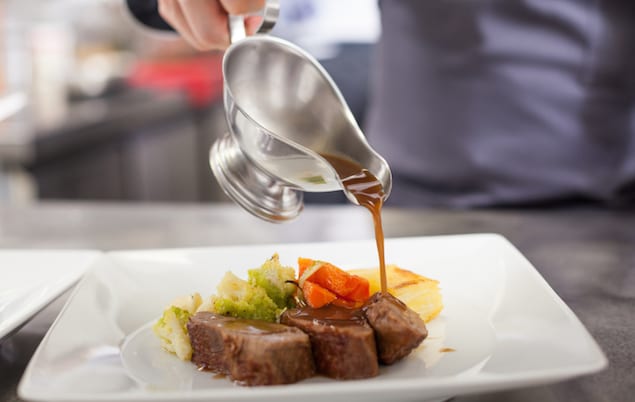 Shutterstock: juniart
Shutterstock: juniart
4. Espagnole
A clear, thick, but still flavorful Espagnole, or Spanish sauce, may sound difficult to achieve. However, Escoffier assures that if one starts with a truly clear and strongly flavored stock and properly cooks their brown roux they are sure to find success. Tomato puree and mirepoix (chopped celery, onions, and carrots) are added to give a deeper flavor and color before the sauce is strained to be smooth.
Secondary Sauces: Mushrooms, alcohols like Maderia or Ports are added to create new sauces from the Espagnole base. Adding onions and vinegar makes the Mother Sauce into a Lyonnaise sauce which is delicious with most roasted meats.
Serve with: The full-bodied Espagnole sauce can keep up with and be plated with rich roasted red meats and gamey dishes with lamb or duck.
Click here for the recipe and to learn how to make an Espagnole sauce.
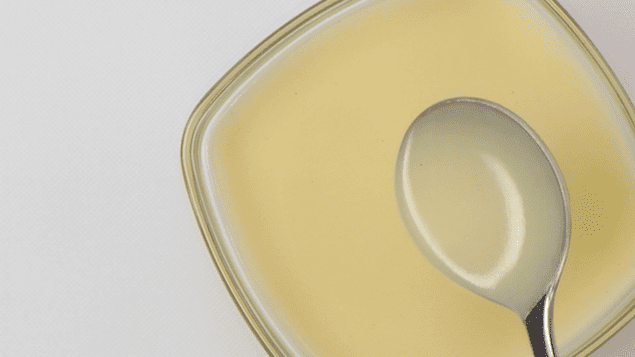 rouxbe.com
rouxbe.com
5. Velouté
A flavorful white stock that is thickened by a roux is all that makes up the simple Velouté sauce. The sauce can be varied depending on the stock that is used. Chicken and fish stock are some of the most common forms of Velouté.
Secondary Sauces: Adding mushrooms, cream or egg yolks turns a Velouté into a rich Normandy sauce. Herbs, onions, white wines, and acids such as lemon juice added to the basic recipe bring out a bright Velouté that is perfect for most seafoods.
Serve with: Depending on the stock that is used, this Mother Sauce is traditionally served with pasta, vegetables, poultry, and fish.
Click here for the recipe and to learn how to make an Velouté sauce.











